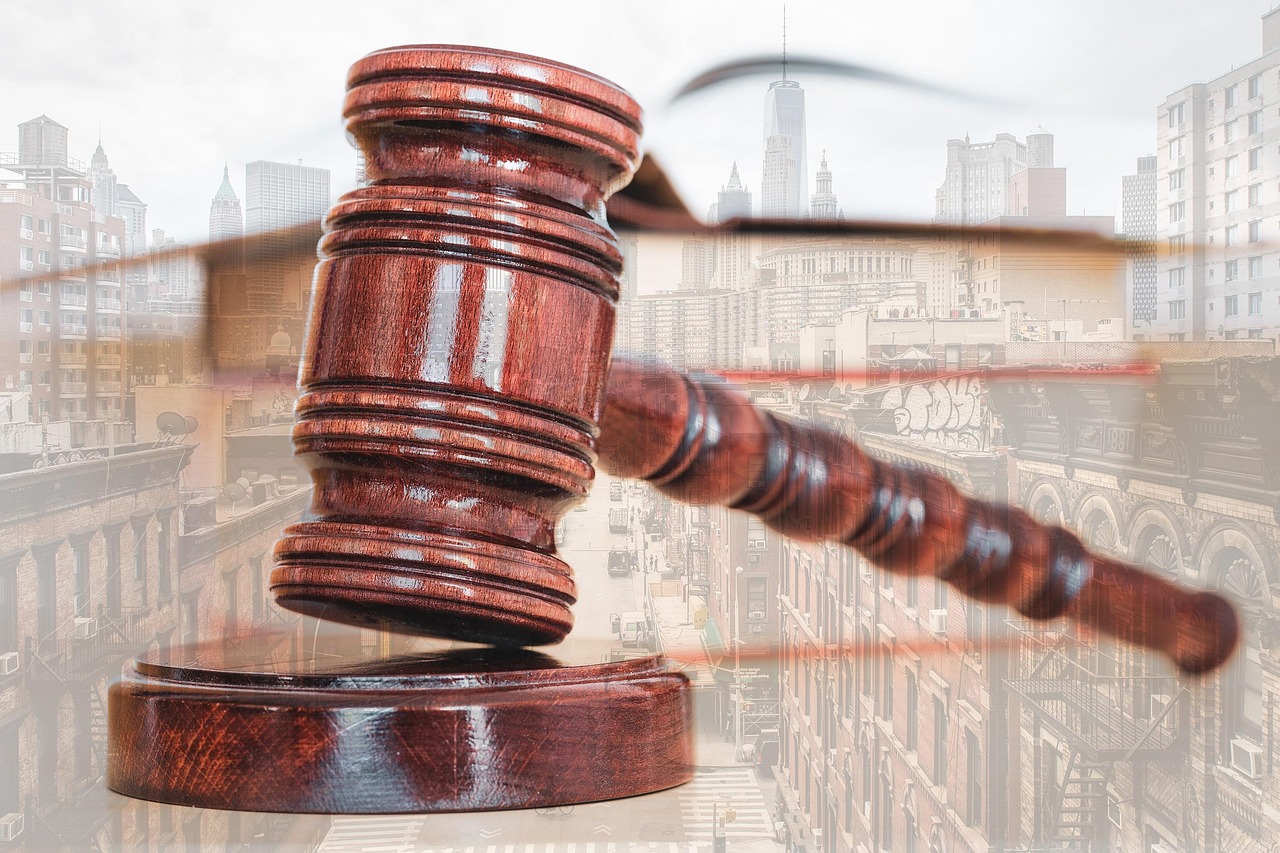Supreme Court Restores CCI Penalties on Film Exhibitors’ Federation for Anti-Competitive Conduct

Introduction
The Supreme Court (K. V. Viswanathan J., with Manoj Misra J. concurring) allowed the CCI’s appeal and restored the Commission’s order dated 08.09.2015 which found the Kerala Film Exhibitors Federation (KFEF) guilty of anti-competitive conduct under Section 3(1) read with Section 3(3)(b) and upheld the monetary and behavioural remedies (including penalties on the office-bearers). The Court held that the Commission’s notice of 10.6.2015 (forwarding the DG’s report, inviting replies and fixing a hearing) complied with the Act and that no separate second show-cause notice dedicated solely to penalty is required by the statutory scheme as it then stood.
Table of Contents
Factual and procedural background
An information (Case No.16 of 2014) by Crown Theatre alleged that KFEF organised and enforced a boycott/ban to prevent distributors from dealing with the informant, thereby restricting exhibition of films at the informant’s theatre. The Commission directed the DG to investigate; the DG filed his report (22.05.2015) attributing contravention to KFEF and identifying two office-bearers as key decision-makers. The Commission, by order dated 10.06.2015, forwarded the DG report to the parties (including named individuals), invited replies, asked for financial particulars and fixed an oral hearing (22.07.2015). After hearing, the Commission vide order 08.09.2015 found contravention of Section 3(1)/3(3)(b), imposed monetary penalties (10% of average income as computed) and behavioural/structural directions (including a two-year no-association direction vis-à-vis the office-bearers).
On appeal, the COMPAT upheld the Commission’s merits finding but set aside penalties and behavioural directions insofar as the named office-bearers were concerned — reasoning that a separate show-cause/penalty notice was not provided to them. The CCI appealed to the Supreme Court.
Question before the Supreme Court
The central interpretive question was: whether the Commission is required to issue a separate second show-cause notice specifically proposing the penalty (and related behavioural remedies) to named individuals before imposing sanctions under Section 27 read with Section 48, or whether the statutory procedure (supply of the DG report + an opportunity to be heard under Section 26 read with Regulations) is sufficient.
Statutory and regulatory framework
- Section 26 (procedure after an investigation report) and the Commission’s Regulations (in particular Regulations 21, 22 and 48 as they then stood) govern forwarding of the DG report, inviting comments and hearing.
- Section 27 prescribes the orders/penalty powers available to the Commission (including monetary, behavioural and structural remedies).
- Section 48 contains the deeming rule that, where the contravener is an association, persons in charge at the time of contravention are deemed guilty unless they prove lack of knowledge or due diligence. The Act thus operates to bring named office-bearers within liability on a statutory footing.
Court’s analysis: Key holdings and reasoning
(a) Purpose and statutory scheme: single “rolled-up” hearing
The Court emphasised the architecture of the Competition Act (a shift from the MRTP regime): the Act contemplates time-bound, effective adjudication with both findings and appropriate remedial tools (monetary, behavioural and structural). The post-DG stage sharing the DG’s report, inviting replies and hearing is the critical opportunity in which parties can meet both findings and sanctions. The Court treated that hearing as a “full-blown” opportunity where parties have foreknowledge of adverse materials and of the range of orders the Commission may pass. Hence the statutory scheme does not require a separate penalty-only show cause notice.
(b) Natural justice and the sufficiency of the 10.06.2015 notice
Analysing the 10.06.2015 notice, the Court held it was categoric in identifying the contraventions, naming the individuals, seeking financial and income particulars and fixing a hearing. The individuals appeared through counsel and were heard in the Court’s view this satisfied natural justice as the notice was to “answer the contravention” (not to pre-announce a precise quantum of a proposed penalty). The Court therefore rejected the COMPAT’s reasoning that the absence of a separate penalty notices automatically vitiated the sanctions.
(c) Role of Section 48 and the statutory deeming of liability
Because Section 48 operates by deeming individuals in charge responsible for the contravention, the Court stressed that the liability of office-bearers is not an afterthought to be separately notified, it follows from the Act and the material in the DG report. Where the Commission forwards the DG report identifying the persons, and they have been given the chance to reply and be heard, the statutory conditions for proceeding under Section 48 are met.
(d) Commission may differ with DG and appellate safeguards
The Court reiterated that the Commission is free to accept or differ from the DG’s findings and that the appellate mechanism under Sections 53A/53T (COMPAT / later NCLAT etc.) provides a corrective safeguard — including power to examine proportionality of penalty and substitute penalties where necessary. This appellate overlay further reduced the need for a distinct second show-cause stage.
(e) Principle of proportionality and penalty quantum
The Court applied the doctrine of proportionality (as articulated in earlier decisions) when reviewing the penalties. On the facts, the monetary penalties imposed were not “disproportionate”; they were modest and the behavioural directions served a deterrent and remedial objective because the office-bearers had previously been punished for similar conduct yet recidivated. The Court therefore found the penalty and directions warranted.
(f) Reliance on the Review Committee and the practical policy rationale
The Court noted that the Competition Law Review Committee (2019) had considered the question and did not recommend a mandatory separate penalty hearing; it required only that, where the Commission departs from any guidelines, reasoned justification should be provided. The Court used this policy context to support an interpretation in favour of a single, consolidated hearing.
5. Outcome
The Supreme Court allowed the CCI’s appeal and set aside the COMPAT order insofar as it had set aside penalties and behavioural directions against the two office-bearers; it restored the Commission’s order dated 08.09.2015 in its entirety. The Court made directions as to commencement of the behavioural restriction period and compliance filing.
Practical implications — what this judgment means for practitioners and the CCI
- No automatic requirement of a separate penalty show-cause: Under the pre-amendment statutory scheme considered by the Court, forwarding the DG report to parties, inviting replies and giving a hearing is legally sufficient to meet natural justice for both findings and penalties. Regulatory practice that treats the DG-report hearing as the single “rolled-up” hearing is supported.
- Care in drafting the DG-report notice: The 10.6.2015 notice worked because it named individuals, set out the contravention and invited specific financial/income material and fixed an oral hearing. Best practice: where penalties on individuals are realistic outcomes, the Commission should ensure the notice is explicit about the persons cited, the materials required and the hearing date.
- Emphasis on proportionality and reasoned orders: Although no separate penalty notice is required, the Commission must observe proportionality when selecting remedies and record reasons especially where it departs from any internal guidelines. Appellate review can and will examine proportionality.
- Section 48 remains potent: Associations and their office-bearers must be attentive, the statutory deeming provision means personal liability can follow from proofs of being “in charge” at the time of contravention.
- Statutory/regulatory amendments may change the landscape: The Court expressly refrained from commenting on amendments to the Act/regulations that came into force after the period under consideration; practitioners should check post-2023/2024 changes and any revised regulations for procedural alterations.
Concluding observation
This judgment is an important interpretive touchstone on procedure and natural justice under the Competition Act. It confirms the Commission’s ability to proceed to penalties after a consolidated full-opportunity hearing based on the DG’s report so long as the notice and hearing genuinely provide parties with sufficient material to meet adverse findings and the Commission applies the doctrine of proportionality in imposing sanctions. For competition practitioners, the decision underlines both the criticality of the DG-report stage and the need to address all factual and mitigation points at that hearing (and in written replies) if one wants to avoid the later imposition of penalties.
For more details, write to us at: contact@indialaw.in
By entering the email address you agree to our Privacy Policy.



